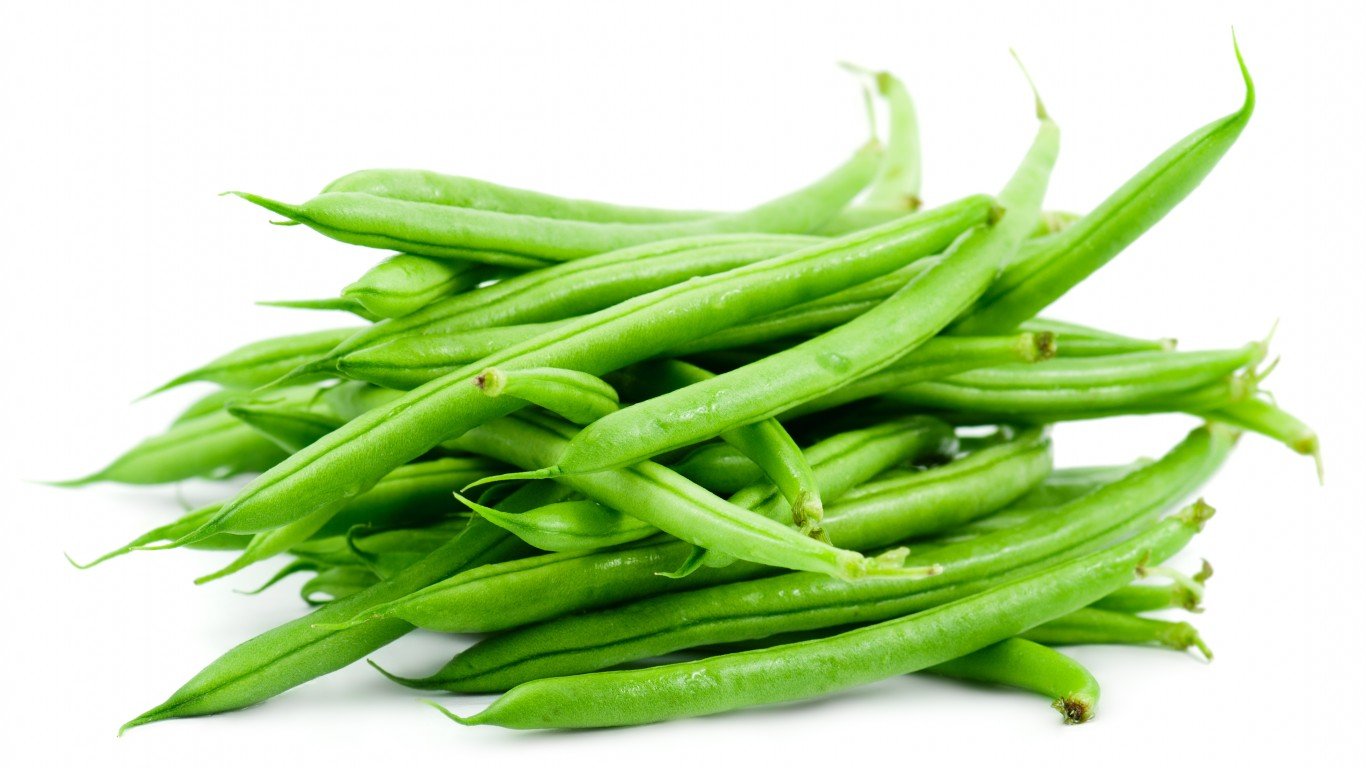
12. Green beans
A neurotoxic pesticide called acephate was found on 6% of the green beans sampled. The pesticide was specifically banned by the EPA from use on green beans in 2012. Prolonged exposure to acephate may lead to nerve damage.
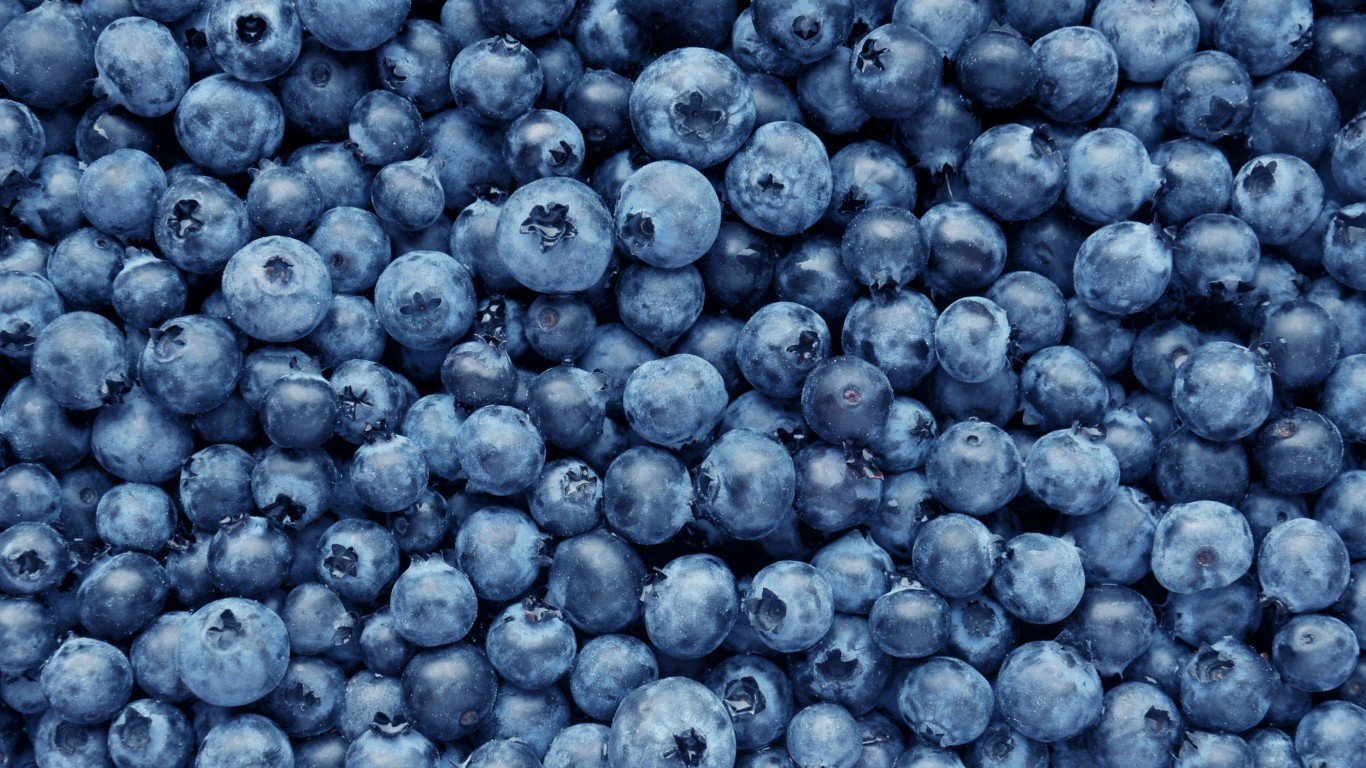
11. Blueberries
The 2023 guide notes that blueberries (as well as green beans) had “troubling concentrations” of organophosphate insecticides – which can damage the nervous system. However, it’s important to note that levels of these pesticides have decreased over the years, according to EWG.
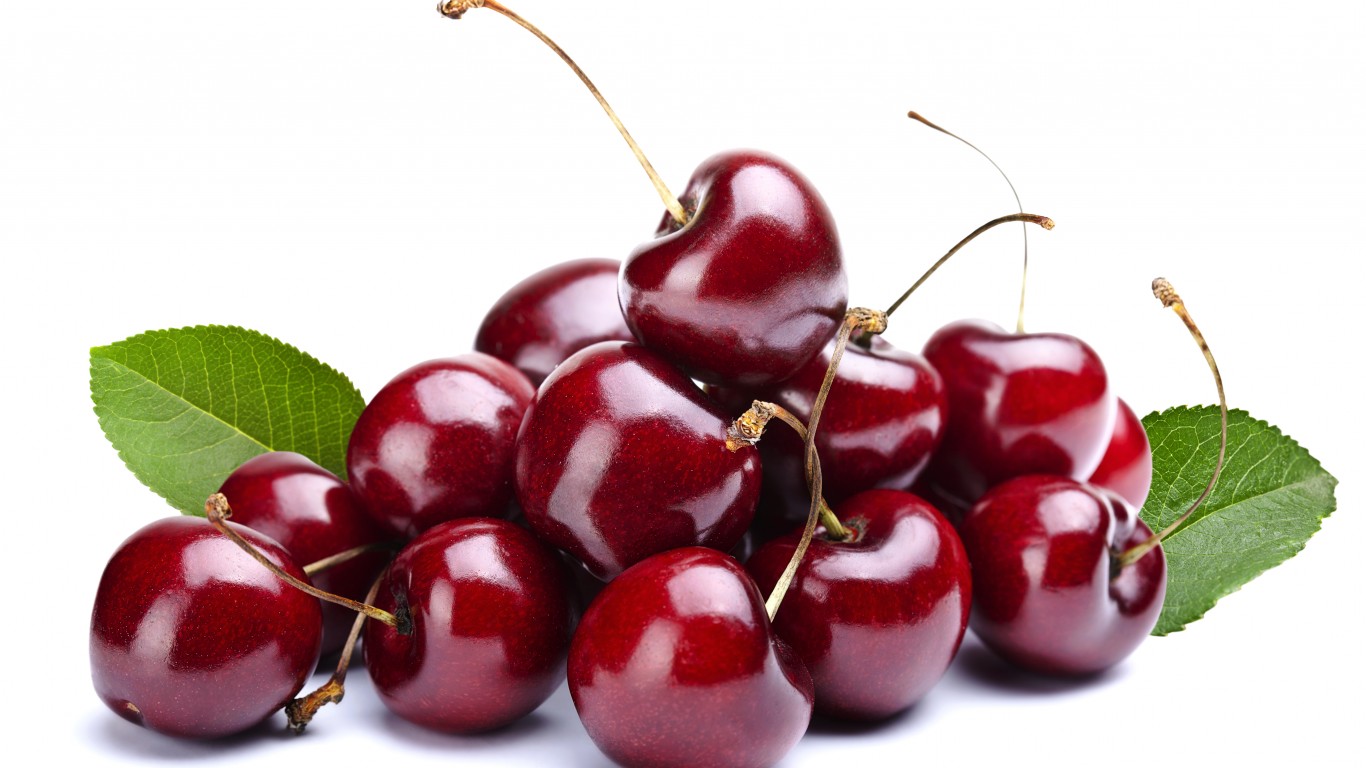
10. Cherries
Cherries are full of vitamins and minerals, and are a good source of potassium, essential for heart health. Among the pesticides they might contain, though, are Bifenthrin, known as a bee toxin and also a developmental or reproductive toxin.
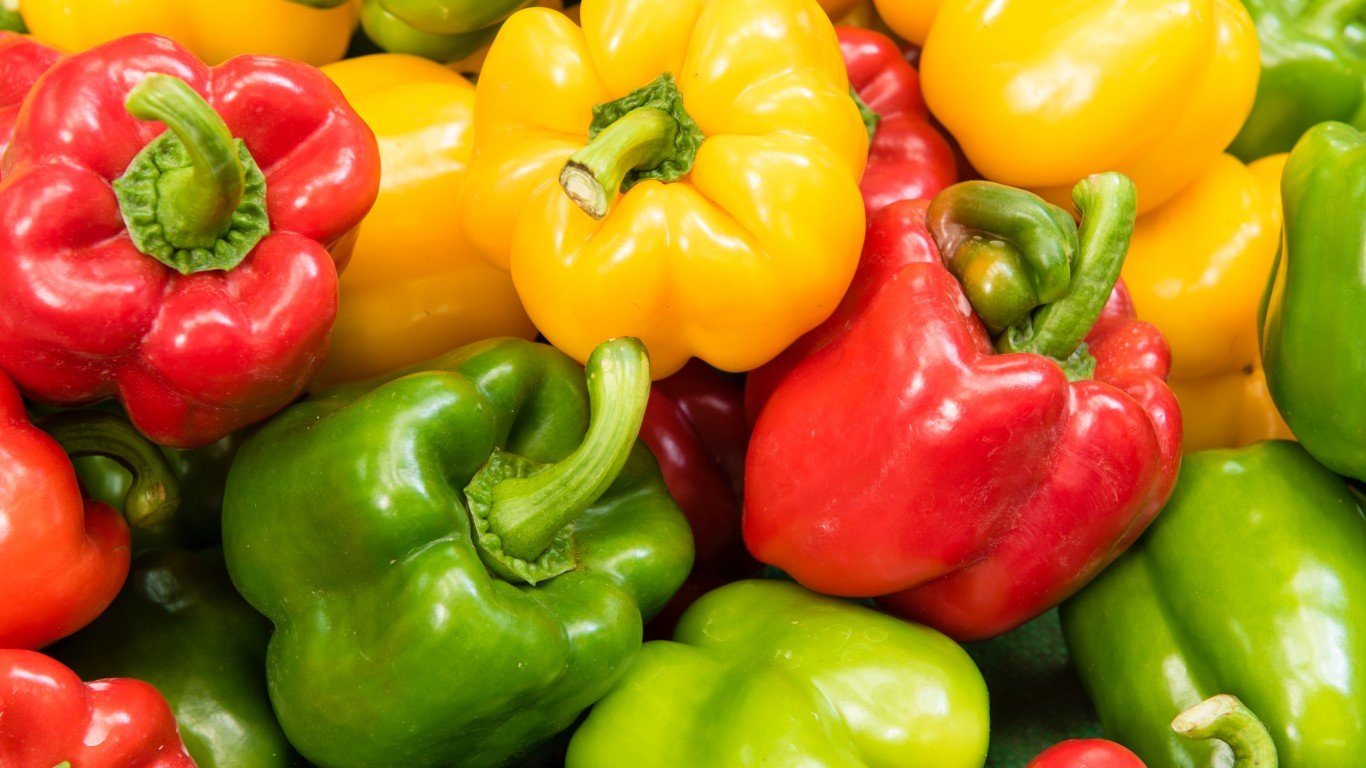
9. Bell and hot peppers
Bell peppers are high in vitamins and antioxidants, especially vitamin C and carotenoids. Some of their health benefits include improving eye health and reducing the risk of some chronic diseases. Both may contain trace amounts and sometimes significant doses of countless pesticides with deleterious effects on humans.
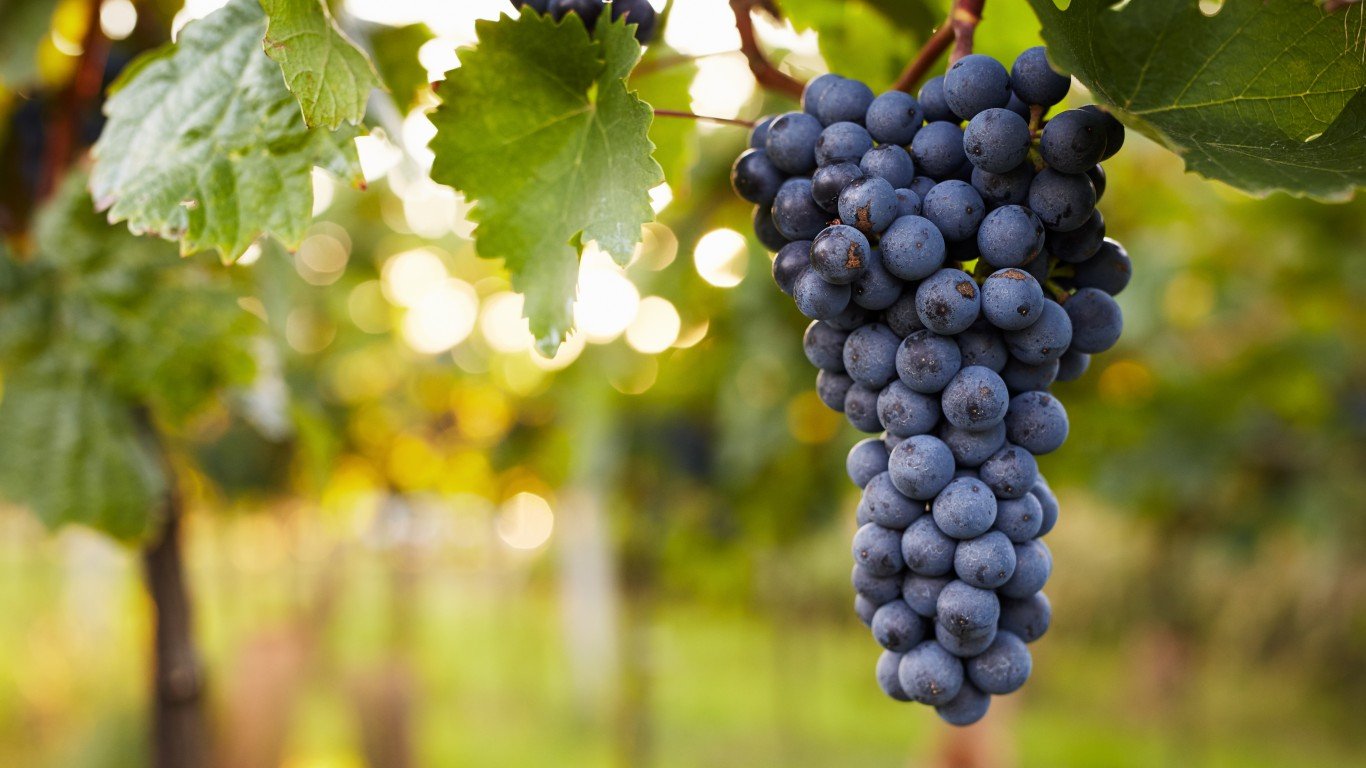
8. Grapes
Grapes are a great source of the antioxidant resveratrol, which some studies suggest may help prevent certain cancers including breast, liver, stomach, and lymphatic cancers. One of the main pesticides grapes contain is Imidacloprid, a strong bee toxin.






